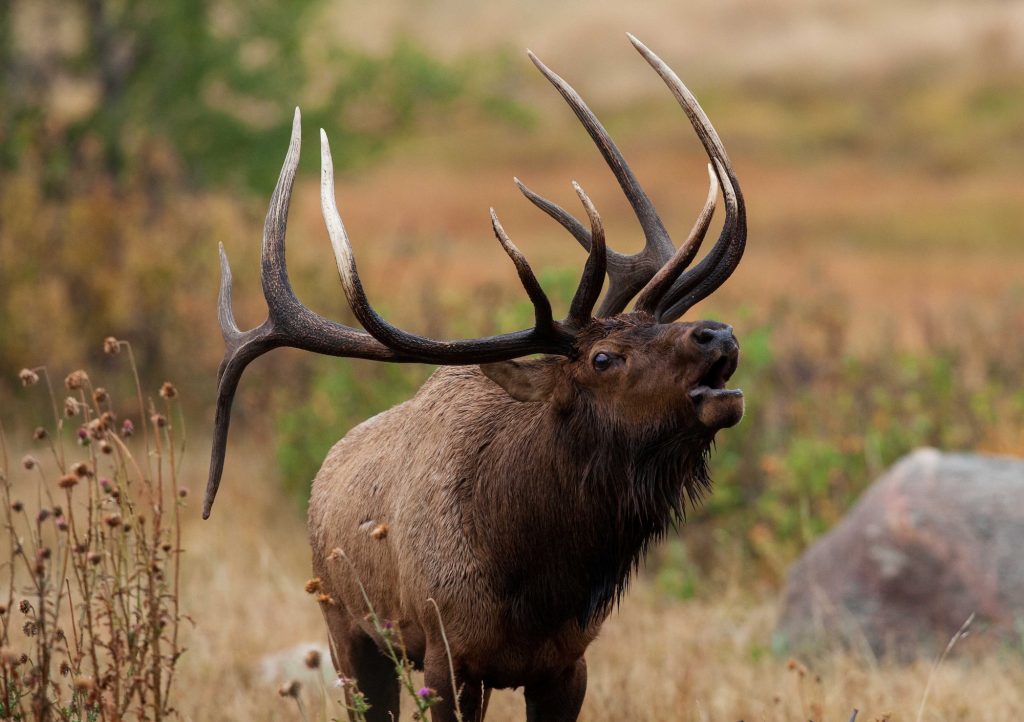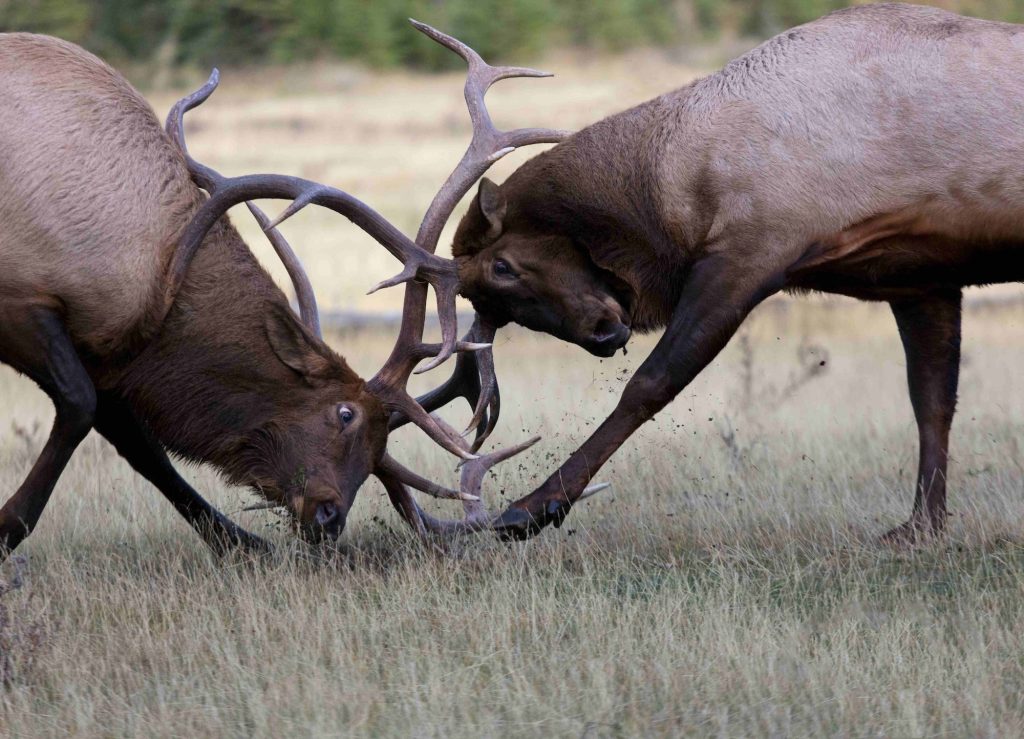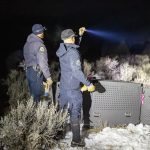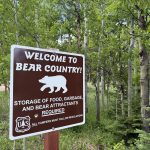Love is in the air this fall in Colorado. Here’s how to keep safe during elk breeding season
Curious Nature

Adobe Stock Image/Licensed by Walking Mountains Science Center
When imagining the start of fall in the Rocky Mountains, many people think of the cool, quiet air, the dabs of yellow and orange in the leaves, and the hints of snow starting to fall as late September hits. Through that serenity, a piercing call cuts through the air, followed by a deep grunting noise. This famed call signifies the start of something special for one of the largest members of the deer family, the Rocky Mountain elk (Cervus canadensis).
The “elk rut” is the term for the elk breeding season, which occurs from mid-September to mid-October. Unlike many other animals that mate in the springtime, elk breed in the fall. Their gestation period takes about 8.5 months, a similar length to humans.
During this time, male elk (also called bull elk) will attract, herd, and fight for females (or cows). The rut occurs where elk reside across Western Colorado, including here in the Eagle River Valley. A bull elk’s main focus during this time is to prove he is superior to other males.
The bulls will use both physical appearance and behavior to show this. The size of their antlers, size of their body, and the smell radiating from their fur all help to attract female attention. The bigger the bull elk, the deeper the sound of his bugle. This bugle sounds like a piercing trumpet squeal, ending with a guttural grunt.
The elk rut season is famous for this sound, as it is the only time this hauntingly majestic sound is heard. This is where the name rut comes from, as it is derived from the Latin word for roar.

Support Local Journalism
Elk are a large, dark brown ungulate. They are also called Wapiti, a word derived from the Native American Shawnee and Cree languages, meaning white rump. Their heads and necks are dark brown with shaggy, long fur, while their bodies are light brown, and their rumps are white. Coloration is the same for both sexes.
Males can weigh several hundred pounds and stand roughly 5 feet tall from hoof to shoulder, and females tend to be half that size. Males will also grow antlers, which differentiate them from females that shed each winter. When males start to scrape the velvet off their antlers, it is a great sign that the rut season is close. Elk are generally a calm, docile animal when viewed from an appropriate distance, but can get aggressive if an onlooker gets too close.
Elk can get aggressive during the rut. It is important to understand what our role is in keeping them safe during mating season. The rut is a spectacle to watch and is best viewed at least 75 feet away from the herd. That is the length of two school buses lined up one in front of the other.

If the elk notice you, you are too close. Binoculars or long-range camera lenses are useful in observing elk from a safe distance. Never attempt to approach, touch, or talk to wildlife. Another important thing to note is not to imitate an elk bugle near the herd. This could cause males to feel threatened and they could become dangerous.
Dogs should be kept inside a vehicle or on a leash at a distance. A dog nearby could scare the elk and could cause them to hurt the dog or you. It is very important to be aware of wildlife closure areas present nearby, as some areas may close recreation trails near mating herds.
Observing the elk rut in Western Colorado is a special event, and should be enjoyed in the safest way possible. This unique season is most commonly seen in Rocky Mountain National Park. Estes Park even holds an “Elk Fest” every year to commemorate the rut season, which includes a music festival, a 5-kilometer race called the “Rut Run”, and more.
If you’re adding observation of the elk rut to your itinerary, please be sure to follow the rules to safely enjoy this wildlife viewing spectacle. Hearing an elk bugle in person or seeing them show off to their harem is certain to be a highlight of your visit.








